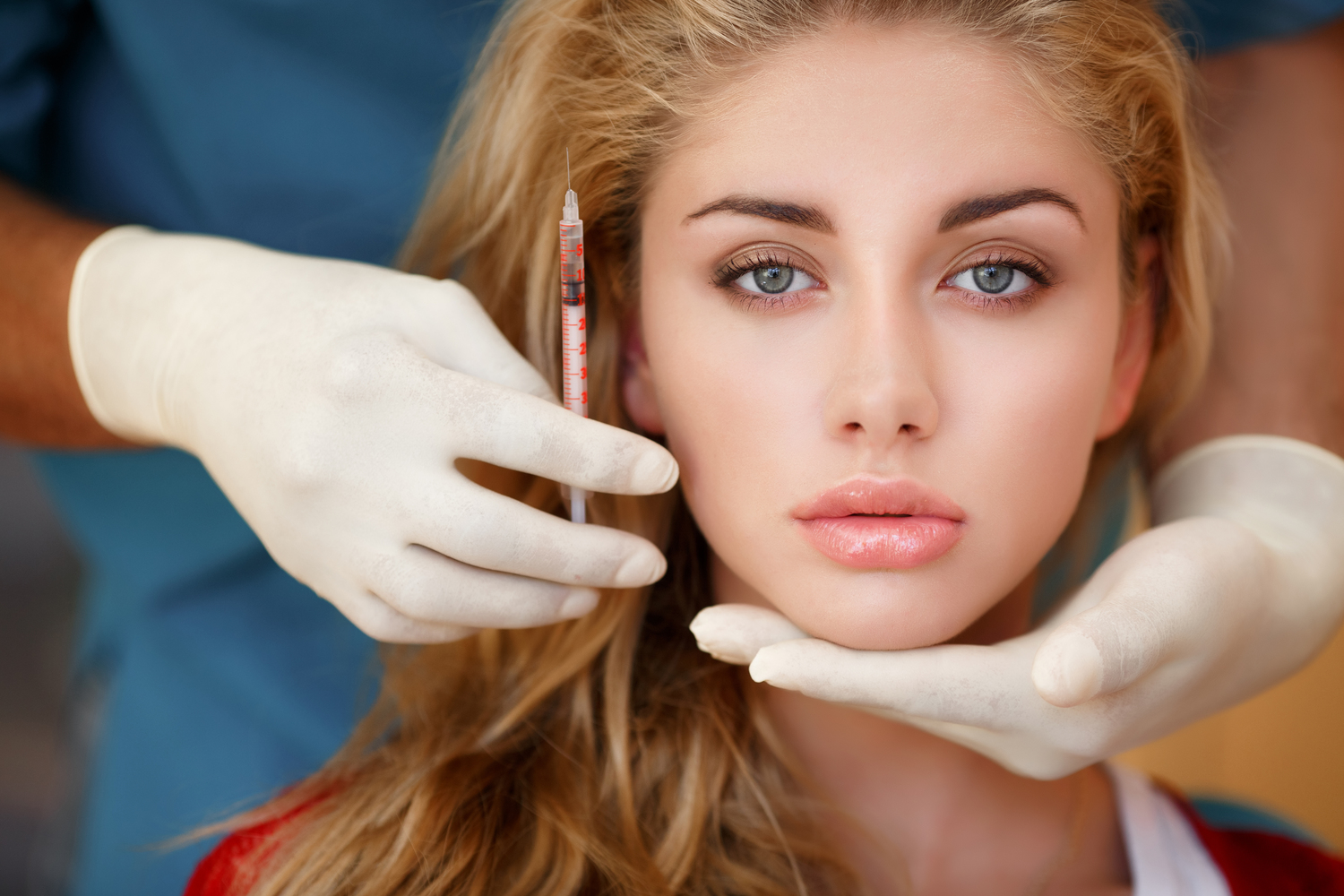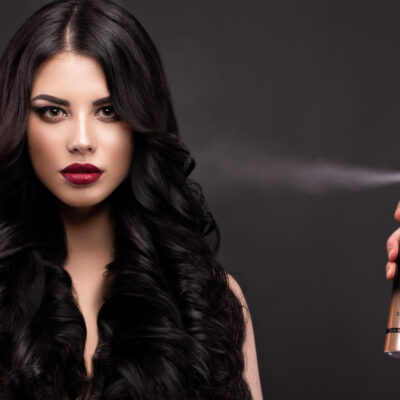
Botox as a Treatment for Specific Ailments
When you hear the word Botox, the words that usually come to mind are “cosmetics” and “beauty.” And that is not surprising because Botox is routinely used by dermatologists and plastic surgeons. Estimates suggest that Botox is used in millions of nonsurgical, cosmetic procedures across the country every year. However, did you know that Botulinum toxin, also called Botox, is a lethal toxin caused by a kind of bacteria, Clostridium botulinum? Botox can also be utilized as a treatment for specific health conditions. This article talks more about Botox.
Botulinum toxin, types A and B, when administered in controlled doses after being purified and diluted, is not only safe but is also reasonably effective for cosmetic procedures and to treat a few medical conditions. Providing a smooth, leveled, wrinkle-free skin surface, especially on the face, for anywhere between 9-12 weeks at a stretch, medical-grade Botox, when used as an injection, works by obstructing nerve signals that instruct the facial muscles to contract. Beyond its primary use on the facial skin, Botox is popular as a treatment for specific health conditions. Listed here are five of them:
- Hyperhidrosis is a condition characterized by excessive, abnormal sweating, especially in the armpits, arms, and feet. The sweating happens in spite of not being in a hot weather condition or performing any strenuous physical activity. Botox injections help reduce sweating by temporarily blocking the chemical that stimulates the sweat glands.
- Amblyopia or Lazy-Eye is a condition that occurs when the nerves connecting the brain and eye are not adequately stimulated. As a result, the brain favors the functioning of one eye more than the other, causing the development of a lazy eye. When botox injection is administered in one of the muscles that help in the movement of the eyeball, smooth muscle movement is restored. This is a temporary situation requiring periodic Botox treatments, or the nerve connection is restored permanently in a few cases.
- Eye twitching or eyelid spasm is characterized by the recurring, uncontrollable twitching of the eyelids. Botox injected into the muscles above or below the eye is one of the standard treatments for this condition, and it relieves spasms for a few weeks at a time.
- Cervical dystonia is classified as an involuntary muscle contraction resulting in twisting and/or repetitive movements of the neck. Botox helps restrict the release of Acetylcholine, a neurotransmitter that prevents excessive muscle movement and contractions.
- Debilitating headaches or migraines hamper the quality of life of the people suffering from it. When over-the-counter medicines, prescription medications, and preventive drugs do not help treat migraine, botox injections are suggested. When administered in multiple points on the face, botox might help reduce the headaches and the associated symptoms like nausea and vomiting, along with sensitivity to light and sound.
Depending on the specific health condition and its severity at the time of diagnosis, Botox injections may take some days to start being effective. Similarly, the effect of botox treatment might last up to a few months or less, and repetitive follow-up injections may be needed to keep the ailment under control.


